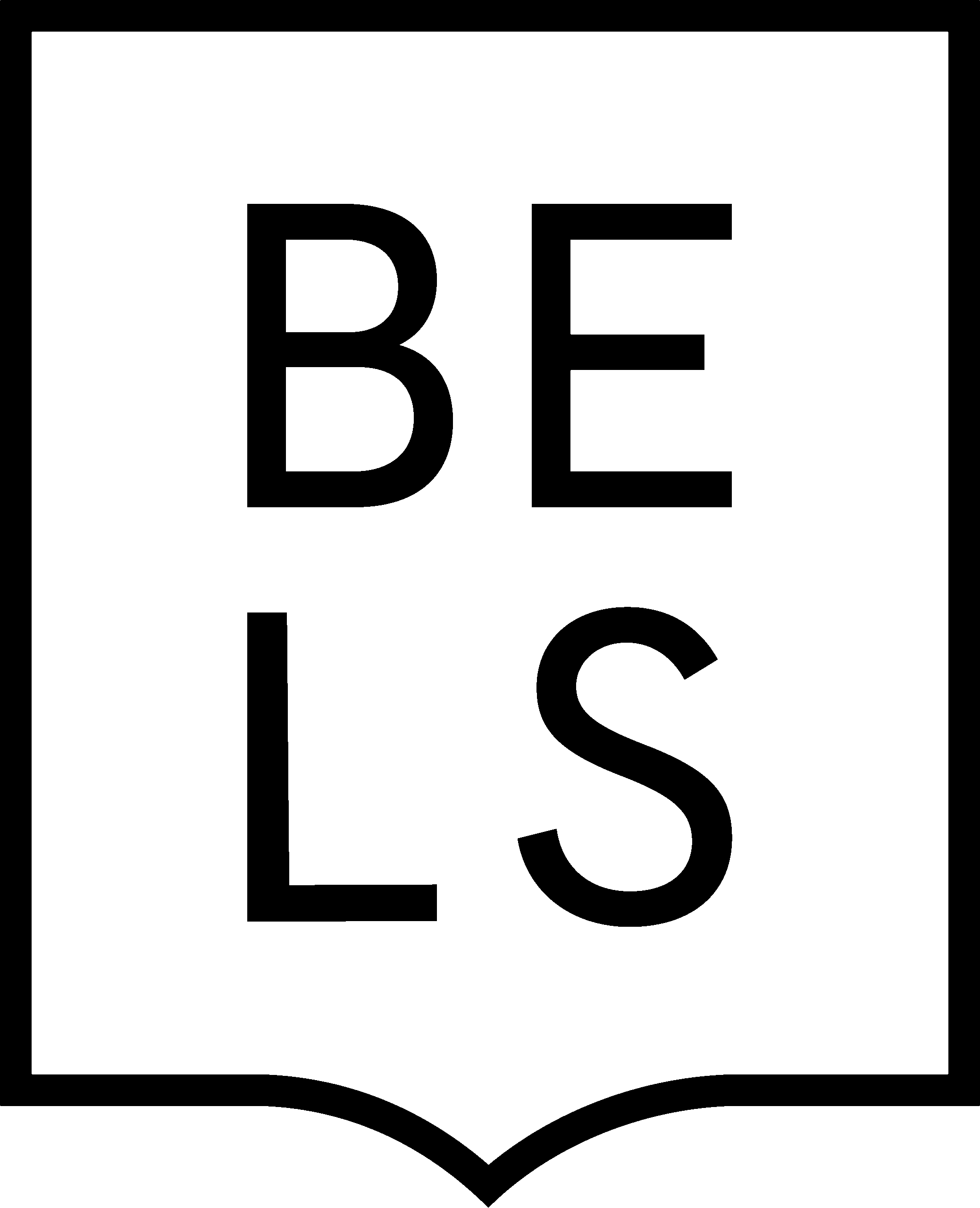A Complete Guide to Presentations in English
Do you have an upcoming English presentation? This guide has your back with soft skill tips and phrases for presentation in English to help you prepare. Let’s get started!

Top Tips for Successful Presentations in English
1. Show your enthusiasm and relate to the audience
First of all, if you’re in a position where you have to deliver a presentation in English, your level of English must be pretty high! So take a deep breath; it’s hard to perform well when nervous. Connecting with an audience in your first language can already be challenging for some. First impressions last a lifetime. Before the presentation has even begun, all eyes are on you. Greet people, welcome them and introduce yourself. You might have to wait a few moments for other people to arrive, so prioritise this small talk in your presentation planning – don’t just try to improvise. Use light jokes, puns and metaphors as you would in your mother tongue. Without these little practices, you could come across as dull and robotic, allowing you to break the ice and easing your nerves even more.
2. Understand body language
Even when you’re not talking during a presentation, you say something with your body language. Studies have shown that communication is 7% verbal and 93% non-verbal, meaning body language is pivotal when delivering a message. Even if you’re nervous, try not to show it by crossing your arms or constantly looking down. Instead, stand tall with your shoulders back and maintain eye contact with your audience. These non-verbals project confidence and openness. It makes all the difference; otherwise, the presentation will appear static. Implementing these body language strategies will make the presentation more dynamic and engaging. If you’re unsure of what your body language is usually like when giving presentations in English, try practising in front of a mirror or, even better, take a video of yourself when you’re doing a run-through.
3. Watch TED talks in your area of expertise
TED talks are short and powerful English presentations covering nearly all topics – from science to business to global and social issues. They are available in more than 100 languages. You can watch them in your native language first and then in English to learn how to express key concepts in English. TED Talks are known for their captivating storytelling, brevity and ability to connect with the audience. So, as you are watching some of the world’s top speakers, you have a free masterclass in communication. During a presentation, your nerves might get the best of you, causing you to speak fast. Try to observe how speakers in TED Talks eliminate filler words and slow down and speak clearly. You will learn skills by observing their body language, voice projection and audience engagement.
4. Familiarise yourself with technical words
When giving a presentation in English, remember you have to be familiar with general English terms and technical words known as jargon. Every area of business has jargon that usually does not translate directly. To be taken seriously in the field and to communicate correctly, you have to know how technical words in your field are said in English. You can find online dictionaries for business English in a variety of fields. Jargon also makes the presentation more concise; ensure your audience is familiar with the jargon. Otherwise, your presentation will be considerably longer, and you will need to prepared for their questions and be able to explain them.
5. Maintaining Interest
Interactive presentations are the most successful kind. The last thing you want is to have your audience snoozing off. Engage your audience by varying your tone and intonation to emphasise key points. None of the content matters if you cannot organise your presentation well. Make sure you learn how to clearly say what you will talk about, outline the structure, and signpost as you go through the presentation. They prepare the audience for what they will hear next and focus their attention. Consider using visual aids to accompany your information, as studies have shown that the audience can remember content presented visually considerably more than verbally.
Phrases for Presentations in English
Apart from the tips, learning the functional business language would help. This will prepare you for giving a presentation in English. Here are some common functional language phrases needed and steps followed for presentations:
Introductions
Greeting the Audience:
- “Good morning/afternoon/evening, everyone.”
- “Hello, and thank you for joining us today.”Introducing Yourself:
- “For those of you who don’t know me, I’m [Your Name], and I’m responsible for [Your Role].”
Stating the Purpose:
“Today, I’m here to talk about…”
“The purpose of this presentation is to…”
“In this presentation, I will discuss/explain/explore…”
“The subject of my presentation is….”
“I’m here today to talk to you about…..”
“I’ve been asked to speak to you today about……”
“The purpose of my presentation is to explain why …… is and will be important.”
“In this presentation, my goal is to explain why …..is so important now.”
Outlining the Structure
“I’ve divided my presentation into [number] main parts.”
“In my presentation today I’d like to cover [number] main ideas.”
“First, we will look at…, then we will examine…, and finally we will discuss…”
“The presentation will be in the following format:…”
Main Body
Signposting
- I’d like to start with..
- I want to begin by….
- Let’s begin by looking at….
Introducing a New Section:
- “Let’s move on to the next part of the presentation…”
- “Now, I’d like to focus on…”
- “The next point I want to cover is…”
- My next point is……”
- “Let’s move on to the next point, …..”
- “Moving on to the next point,……”
Giving Examples:
- “For example,…”
- “To illustrate this point,…”
- “A good example of this is…”
Emphasising a Point:
- “It’s important to note that…”
- “What I’d like to emphasise is…”
- “I’d like to highlight that…”
Describing Data/Trends:
- “According to recent data,…”
- “The chart shows that…”
- “There has been a significant increase in…”
Explaining Cause and Effect:
- “This has led to…”
- “As a result,…”
- “Due to this,…”
Conclusion
Summarising Key Points:
- “To sum up,…”
- “In summary,…”
- “Let’s recap what we’ve covered…”
Stating the Importance:
- “This is important because…”
- “The key takeaway here is…”
- “Ultimately, what this means is…”
Concluding Remarks:
- “In conclusion,…”
- “To conclude,…”
- “To wrap up,…”
Inviting Questions:
- “Thank you for your attention. Are there any questions?”
- “I’d be happy to answer any questions you may have.”
- “If you have any questions, please feel free to ask.”
Providing Contact Information:
- “If you’d like to discuss this further, you can reach me at…”
- “Feel free to contact me via email at…”
- “For more information, please visit our website at…”
4. Handling Questions
Clarifying Questions:
- “Could you please clarify your question?”
- “Are you asking about…?”
- “I’m not sure I understand. Could you explain a bit more?”
Responding to Questions:
- “That’s a great question. The answer is…”
- “I’m glad you asked that. Actually,…”
- “To address your question,…”
Deferring Questions:
- “That’s a good question, but I think it’s a bit outside the scope of this presentation.”
- “I’d be happy to discuss that with you after the presentation.”
- “Let’s talk about that in more detail later.”
Using these functional language phrases makes your presentation more structured, engaging, and professional. This will help you communicate your ideas clearly and effectively to your audience.
Plan a Personalised Presentation in English with BELS
Looking to enhance your presentation skills in English? Consider taking personalised individual lessons with BELS Malta. Our experienced instructors will work closely with you to tailor lessons to your specific needs, focusing on improving your language proficiency, boosting your confidence, and honing your presentation techniques. Whether you need help with structuring your presentation, mastering functional language, or practising delivery, our customised approach ensures you get the support you need to succeed.
Email us at [email protected] to book your personalised lesson with BELS today and take the first step towards delivering impactful, professional presentations in English.
Business English with BELS
Take your English from Basic to Business with BELS we're experts and creating tailor-made business English courses focused on your specific industry, role and needs.
Learn More


